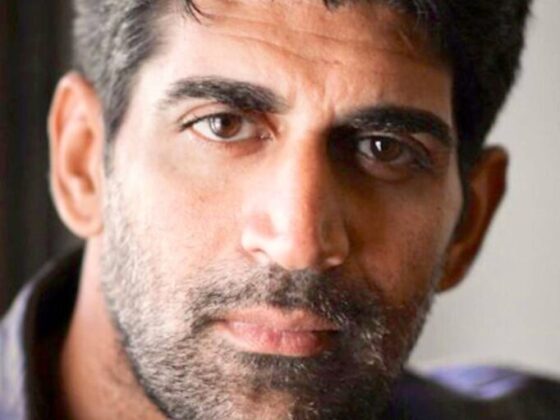Maharaja Krishnaraja Wadiyar IV: The Philosopher King of Mysore

Introduction
Maharaja Krishnaraja Wadiyar IV, often referred to as the Philosopher King of Mysore, was one of the most progressive and enlightened rulers of India. Reigning from 1894 to 1940, he transformed Mysore into a modern and prosperous state, earning the admiration of Indian and British officials alike. Under his rule, Mysore became a beacon of economic development, social welfare, education, and cultural enrichment. This article explores his visionary leadership, contributions, and legacy that continue to influence Karnataka today.
Early Life and Accession to the Throne
Born on June 4, 1884, Maharaja Krishnaraja Wadiyar IV was the son of Maharaja Chamarajendra Wadiyar X and Maharani Vani Vilas Sannidhana. His early education was meticulously planned, exposing him to Western and Indian philosophical traditions. At the tender age of 10, he ascended the throne after his father’s untimely demise, with his mother acting as regent until he assumed full control in 1902.
Governance and Administrative Reforms
Krishnaraja Wadiyar IV was a visionary leader committed to progressive governance. Under his rule, Mysore was often referred to as the ‘Model State of India.’ His administration emphasized good governance, economic development, and public welfare.
Key Administrative Achievements:
- Democratic Governance: Implemented constitutional reforms, paving the way for responsible government.
- Public Health Initiatives: Established the Mysore Medical Department, improved sanitation, and controlled epidemics.
- Industrial Growth: Encouraged industries such as silk production, leading to Mysore becoming a silk hub.
- Irrigation Projects: Built the Krishnaraja Sagar Dam, which significantly boosted agriculture in Karnataka.
Contributions to Education
Maharaja Krishnaraja Wadiyar IV prioritized education, making Mysore one of the most literate states in India.
Educational Initiatives:
- Founded the University of Mysore in 1916, the first university in Karnataka.
- Encouraged women’s education and established institutions like Maharani’s College.
- Introduced scholarships for meritorious students to pursue higher studies abroad.
- Promoted technical education to meet the needs of industrialization.
Cultural Patronage and Architectural Developments
A connoisseur of arts and culture, the Maharaja played a crucial role in preserving and promoting Indian traditions and heritage.
Notable Contributions:
- Supported renowned artists like M. Venkatappa and Raja Ravi Varma.
- Promoted Carnatic and Hindustani classical music, inviting musicians to his court.
- Built magnificent structures, including the Lalitha Mahal and Krishna Raja Sagar Palace.
Economic and Industrial Growth
His reign saw the rapid modernization of Mysore’s economy. With a focus on self-sufficiency, he initiated various economic reforms that benefited industries and small businesses alike.
Key Economic Reforms:
- Established Hindustan Aeronautics Limited (HAL) in Bangalore.
- Encouraged silk production, making Mysore a major center for silk weaving.
- Founded Mysore Bank (now State Bank of Mysore) to support businesses.
Social Reforms and Welfare Initiatives
Krishnaraja Wadiyar IV was deeply invested in social justice and upliftment.
- Advocated for Dalit empowerment and encouraged their participation in governance.
- Banned child marriage and supported widow remarriage.
- Strengthened labor rights and established fair wages for workers.
- Introduced pension schemes for government employees.
Relationship with the British
Despite being under British rule, the Maharaja maintained a diplomatic and strategic relationship with the British Empire. His administration’s efficiency earned Mysore the title of the ‘Best Administered State in India’ by British officials.
Legacy and Impact
Maharaja Krishnaraja Wadiyar IV passed away on August 3, 1940, but his contributions continue to shape Karnataka’s progress. His governance set the foundation for modern-day Bengaluru’s status as an educational and technological hub. Institutions established during his reign still thrive, and his policies of economic self-reliance inspire contemporary leaders.
Conclusion
Maharaja Krishnaraja Wadiyar IV was not just a ruler but a visionary statesman, scholar, and humanitarian. His reign was a golden era of Mysore’s history, marked by prosperity, development, and cultural enrichment. His progressive governance model serves as an inspiration for modern administrations, making him truly deserving of the title ‘The Philosopher King of Mysore.’








